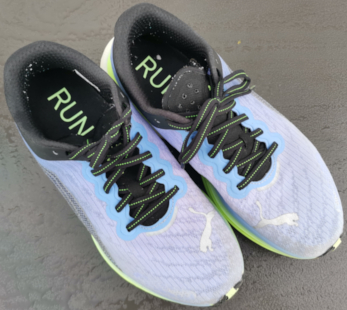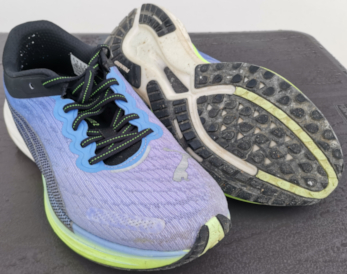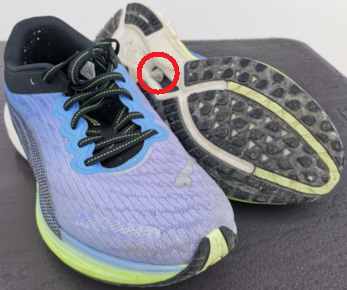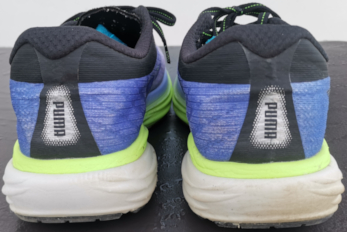I’ve put in about 50 miles on the PUMA Deviate NITRO 2, but I had to stop. Despite my efforts to like it, it didn’t perform well on longer runs, contrary to popular opinion. It’s now solely for walking.
Upon receiving the shoe that cost $160, I felt extremely thrilled. I planned to purchase the NITRO Elite 2 next, priced at $200, as I consider this new version of the Deviate NITRO to be the most aesthetically pleasing shoe I have ever owned. Furthermore, it provided excellent breathability and durability, along with the most superior traction on various running surfaces compared to all other running shoes I have tested.
I enjoy the springy and soft feel of the NITRO foam. The midsole provides significant assistance during forward motion, especially on lengthier runs. It’s a contemporary midsole material that becomes more appealing with time. However, I’m uncertain about my preference for the NITRO Elite foam in the Deviate, which is the softer and lighter iteration of the PUMA NITRO.

PROS
The carbon plate (PWRPLATE) in the midsole of the Deviate NITRO 2 enhances speed by maximizing energy transfer and running efficiency. The foot is well-supported and embraced by the engineered mesh upper with PWRTAPE. This upper material is exceptionally breathable and thinner than that of many other running shoes, allowing you to easily view your sock color through the shoe.
The upper material of the shoe is thin, breathable, and durable, showing no signs of wear after months of use for running and all-day walking. It surpasses the upper materials of all my other shoes and complements high-end sports attire perfectly.
When comparing the PUMA Deviate NITRO 2 to the Velocity NITRO 2 directly, it’s clear that the Deviate shoe is the pricier option. The distinction between the upper material and lacing system is strikingly apparent. Additionally, the Deviate model offers a wider range of color choices.

CONS
On all my runs, I experienced lower limb pain due to the PUMA Deviate NITRO 2 offering greater foot mobility than typical neutral running shoes. However, if you experience increased inward or outward foot rolling, it lacks the corrective support to realign your foot to its optimal running form, potentially posing a disadvantage.
Since I have flat feet on my right foot from past soccer injuries, I should opt for a stability shoe. However, I have no problems with neutral shoes, which I choose for their freedom and versatility. The Velocity NITRO 2 happens to be one of my preferred running shoes.
The absence of rearfoot support seems to be the issue. The Deviate’s rear design appears less sturdy compared to the Velocity’s. Ankle support is notably lacking in the Deviate, making it my least preferred option for gym footwear. Additionally, the Velocity’s contoured insole shows a more defined arch shape than the Deviate’s.

The middle of the midsole foam features a significant incision, revealing the PWRPLATE that sometimes traps small rocks. While I may not immediately feel when a pebble lodges underneath, its presence will undoubtedly bother me each time I spot one. This flaw is absent in the Velocity NITRO.
The Deviate’s neutral attributes benefit neutral runners who possess ideal biomechanics and do not require foot correction, allowing for increased foot mobility.

Final Thoughts
The PUMA Deviate NITRO 2 stands out as the most attractive running shoe I’ve tested. It offers speed, breathability, comfort, and longevity. The upper provides a secure fit and features a spacious toe box suitable for wider feet. It’s an excellent choice for neutral runners seeking a rapid shoe, but individuals with supination or overpronation may find it unsuitable due to the absence of stability elements.
(This content was created with the help of AI.)
You may also like our reviews of:

